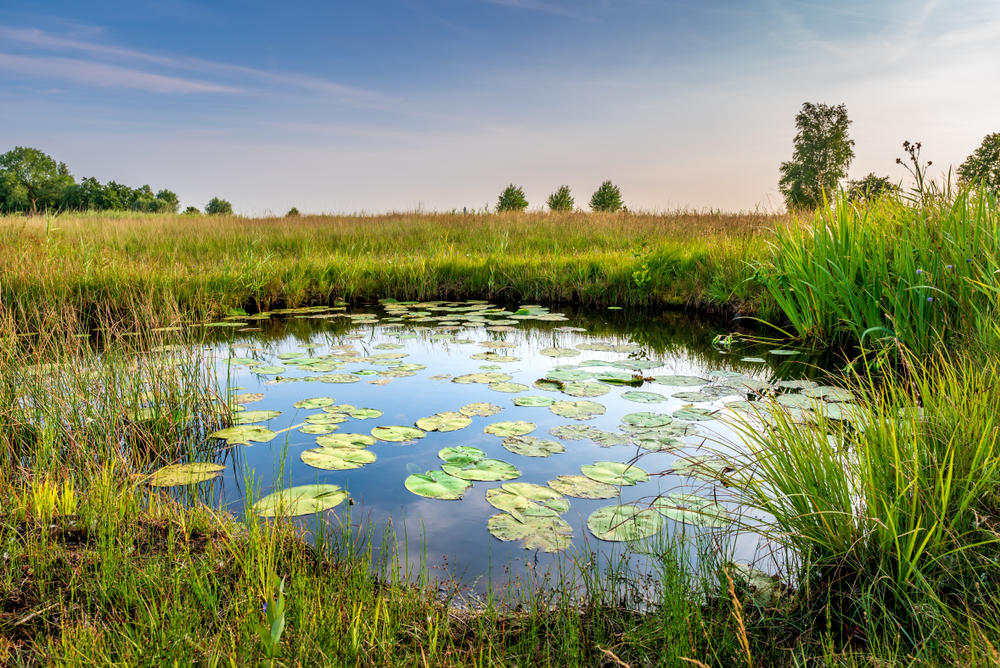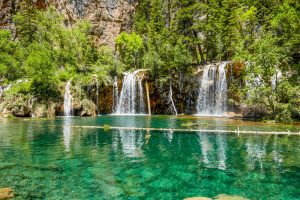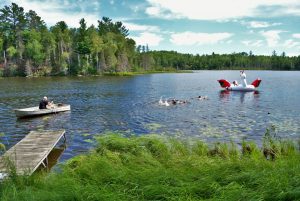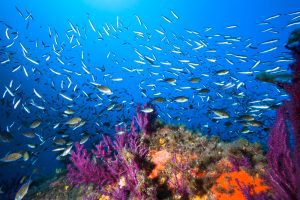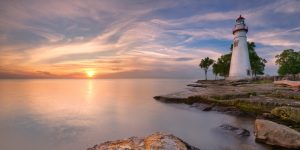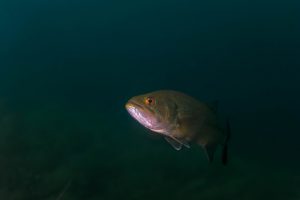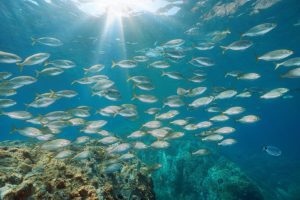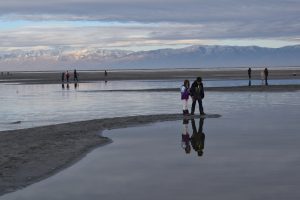Differentiating between and lake and a pond may be confusing to some due to their similarities. But how do they differ and what makes one body of water a pond and the other a lake?
According to National Geographic, ponds are small and shallow while lakes are deep and quite large.
Meanwhile, state authorities such as the New Hampshire Department of Environmental Services say from a regulatory standpoint that there is no apparent difference. Although bodies of water called “lakes” tend to be bigger and deeper than those called “ponds,” there’s no clear distinction between the two.
Table of Contents
What is a lake?
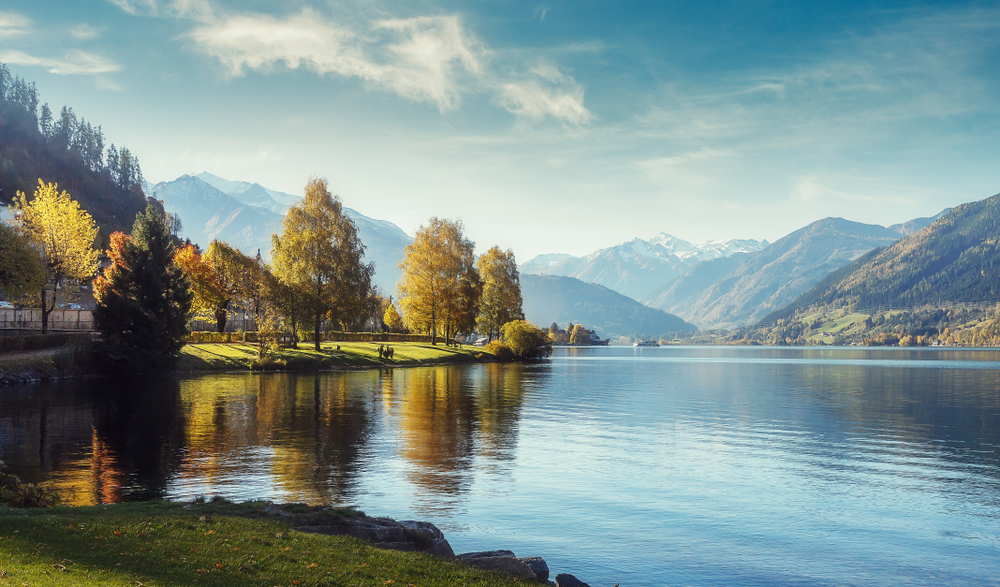
A lake is a basin-shaped natural body of water surrounded by land. The shapes and sizes of lakes vary widely. Lakes are distinguishable from lagoons, do not form a part of the sea, and are more extensive and deeper than ponds. Water from rivers and streams flows into lakes through a network of outlets.
Industrialization has led to the creation of artificial lakes for agricultural and industrial purposes. This type of lake is known as a manufactured lake. Aside from irrigation and power generation, artificial lakes’ water has many uses, including for households and recreation.
What is a pond?
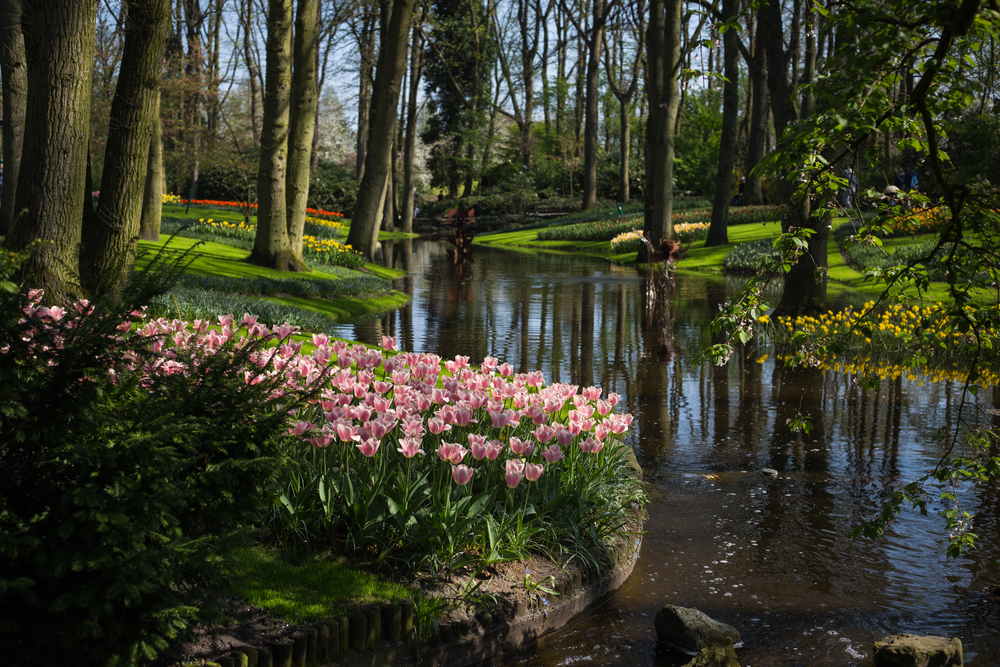
Natural ponds and artificial ponds exist, just like lakes. Floods along a river can form ponds or they can develop in a single depression in an isolated area. Smaller than lakes, people utilize ponds for a variety of purposes, including irrigation and fish farming.
The shallowness of some ponds, however, is not universal. Island Pond in Derry, New Hampshire, is an example of a large pond covering hundreds of acres and is 80 feet deep. Compared to Echo Lake in Conway, which is 14 acres in size and 11 feet deep, Island Pond is much larger.
How does limnology define lakes and ponds?
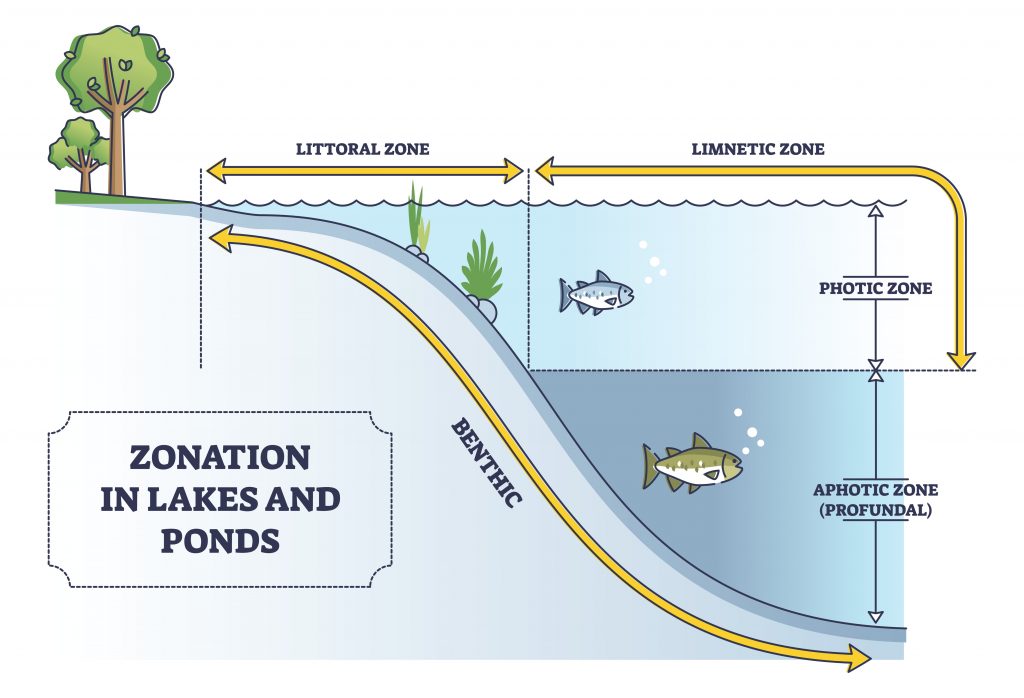
A limnologist is someone who studies the inland waters of the United States. Lotic waters, those that flow in a distinct, identifiable direction, and lentic waters, those that don’t, are the two broad categories of surface waters studied by limnologists. Although lentic waters may begin as small pools, they may grow into lakes, wetlands, or other bodies of water. Because of the slow growth rate, it’s hard to say where one form of lentic water ends and the other begins.
In the late 1700s, founders of the field of study experimented with various methods for categorizing lentic bodies of water. Even the most basic measurements, such as area or depth, can be problematic when distinguishing between lakes and ponds. Certain early limnologists used heat stratification to differentiate between lakes and ponds in temperate regions. In warmer months, Limnologists characterize lakes as bodies of water with a few different temperature ranges.
More specifically, other limnologists looked at how a body of water’s aquatic life, particularly its plant life, was supported. According to some standards, a pond was any body of water that was shallow enough for light to penetrate to the bottom and sustain plant life. Ponds, in the eyes of some, are any body of water that can support pond plants. However, the term “wetlands” can also be applied to this definition, which just further shows how difficult it can be to classify bodies of water.
When it comes to classifying lakes, ponds, and wetlands, limnologists begin by acknowledging that there is no system of precise definitions. When it comes to standing water, they instead focus on the differences between deep and shallow pools.
Rooted plants can grow throughout a shallow lake or pond because sunlight can reach the bottom (soil and other factors notwithstanding). Temperature strata are not common in shallow bodies of water, even though their environments may change throughout the seasons and support a wide range of aquatic life.
What distinguishes a lake from a pond?
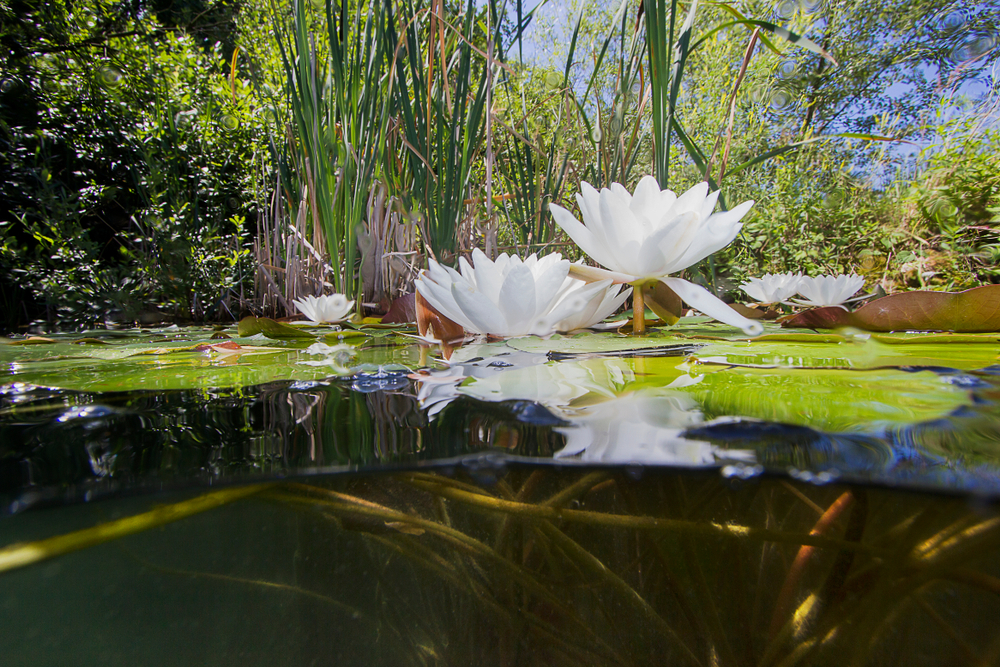
Inland freshwater ponds and lakes are both examples of bodies of water that support life. Both depth and surface area must be taken into account when determining the difference.
It is common for lakes to be deeper and have a larger surface area than ponds. Ponds are shallow enough to allow sunlight to reach the bottom of the water, so all of the water in a pond is in what is called the photic zone.
This causes ponds to be filled with plants, both on the surface and in the depths of the water. There are some lakes, nevertheless, where sunlight cannot hit the bottom. An aphotic zone is a region of water that gets no sunshine, limiting the formation of plants. This is common with lakes.
The waves in ponds are smaller than those in lakes. Generally speaking, ripples lesser than 12 inches high are considered small. Pond water tends to be more consistent in temperature than water in lakes, another factor that is taken into account when determining whether something is a pond or a lake.
How do you keep a lake clean?

If it is a public lake, reading and following the guidelines established by the state is the first step. If it’s a private development lake, here are essential steps to keeping the water clean:
- When living near a body of water, consider planting native plants to create a buffer zone. Avoid using pesticides and fertilizers on your lawn if you have one.
- Check your septic system to ensure it works effectively and is updated with the latest guidelines. You might want to think about a composting toilet as a potential substitute for a traditional wastewater treatment system.
- If you’re in a boat, go slowly; large waves damage coastal areas.
- Select a 4-cycle engine over a 2-cycle one when purchasing a watercraft motor. As a result, there will be fewer emissions in the atmosphere and far less water contamination.
- It is possible to keep pollutants from the environment by utilizing porous material pavement throughout your parking space, a rain garden, or a rain barrel to collect water from your roof.
- Do not dispose of waste in storm drains; storm drains go straight to the waterways.
- Reduce the amount of salt you use on your driveway and sidewalks during the winter months. Take a stand for reducing the amount of road salt utilized on bridges and roads in the area. A buildup of chloride in lakes as well as water sources that obtain runoff from roadways is a result of the use of salt.
- When fishing, stop using lead sinkers or jigs and transition to non-toxic fishing equipment. Leached hooks from the bottom of the basin can cause heavy metal poisoning in waterbirds like trumpeter swans and others.
- Don’t bathe in the lake. In addition to containing dangerous substances and chemical contaminants, body washes and hair products also pose a threat to the lake and its inhabitants
How do you maintain a pond?
There are various ways to maintain a pond, such as removing aquatic vegetation, stocking it with fish, and testing the water’s health.
How do you get rid of or limit the growth of aquatic plants?
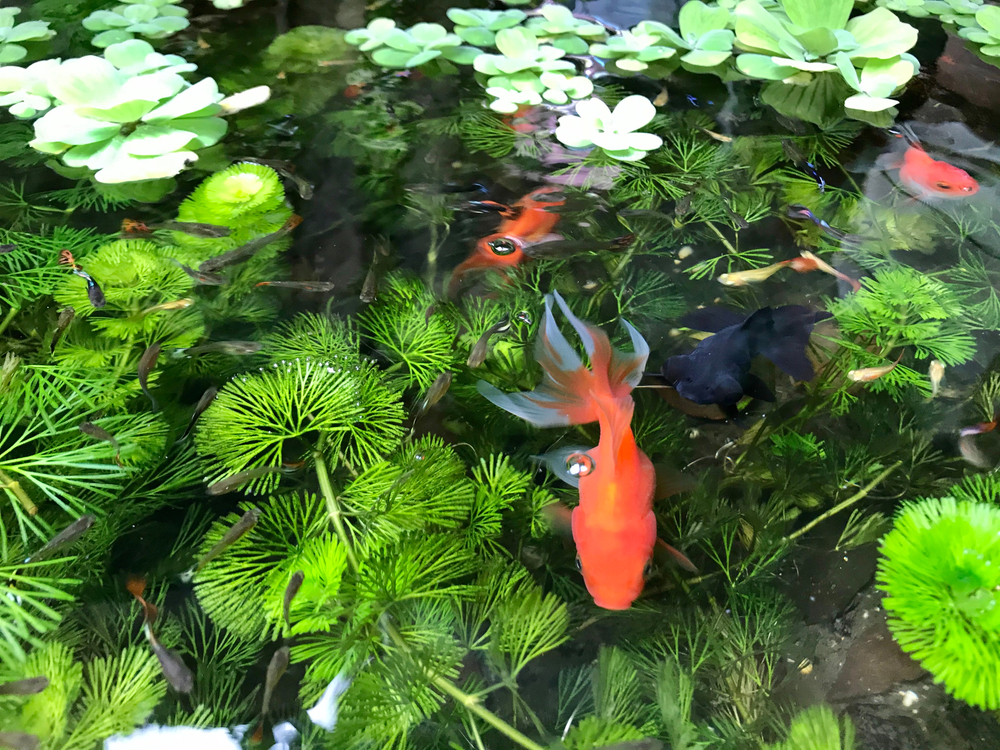
A pond’s abundance of weed growth and microorganisms may be the most aggravating thing about possessing or living near one. The shallowness of ponds is a significant factor in their success as plant nurseries.
Algae and vegetation can be beneficial to ponds if they are present in the proper proportions. They serve as habitats and food sources for a wide variety of animals, both terrestrial and aquatic. Weeds and algae, on the other hand, impede your enjoyment of the pond when they’re out of control. To achieve a healthy state of equilibrium, here are some steps you can take:
- Before you begin removing plants, consult with experts.
- Find out what plants are sprouting so that you can learn how to properly manage them.
- Never dump chemicals into a pond to try and inhibit plant growth.
Another possible explanation for the presence of weeds and algae in one’s pond is the result of surface water from grass fertilizer. In addition to helping the garden thrive, fertilizer further encourages the growth of undesired vegetation and algae. You can substitute a Biofertilizer or a green waste pile for conventional fertilizer.
What is the stock fishing procedure for a pond?
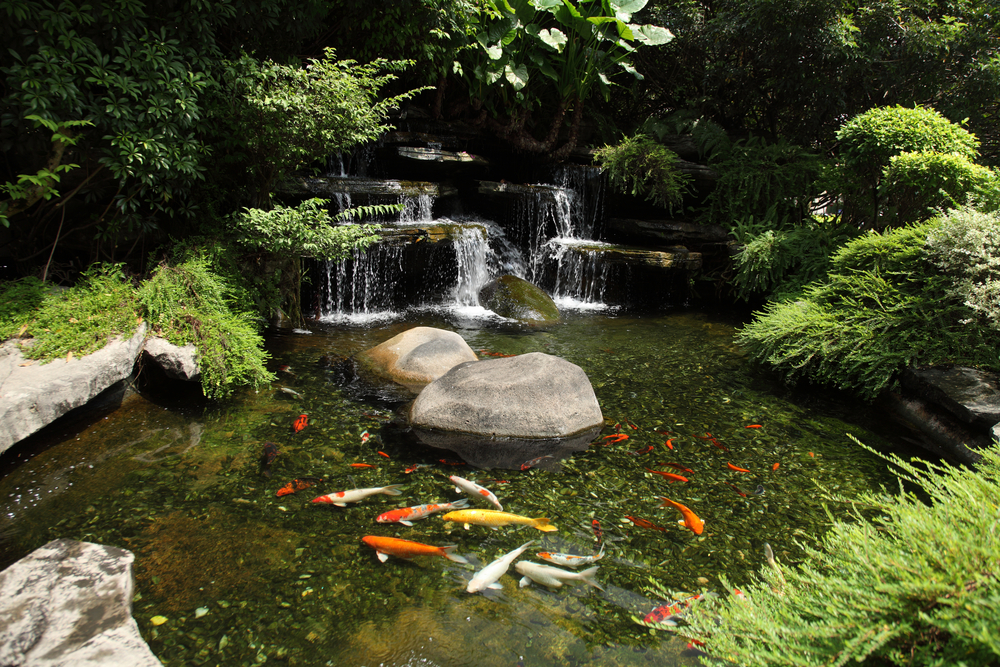
A pond should be large enough to support an abundance of fish if you plan to fill it. Dissolved oxygen (DO) is essential for fish survival and aquatic plants are a significant source of it. For fish to survive, they require a structure of their own.
For example, macroinvertebrates and vegetation can grow on the structure, which also shelters fish. Fish can also hide, eat, or spawn in the network.
Depending on where you live, you may be able to add a variety of native fish species to your pond. You should only buy fish from reputable sources if you want to keep your pond healthy.
How do you know if pond and lake water are healthy?
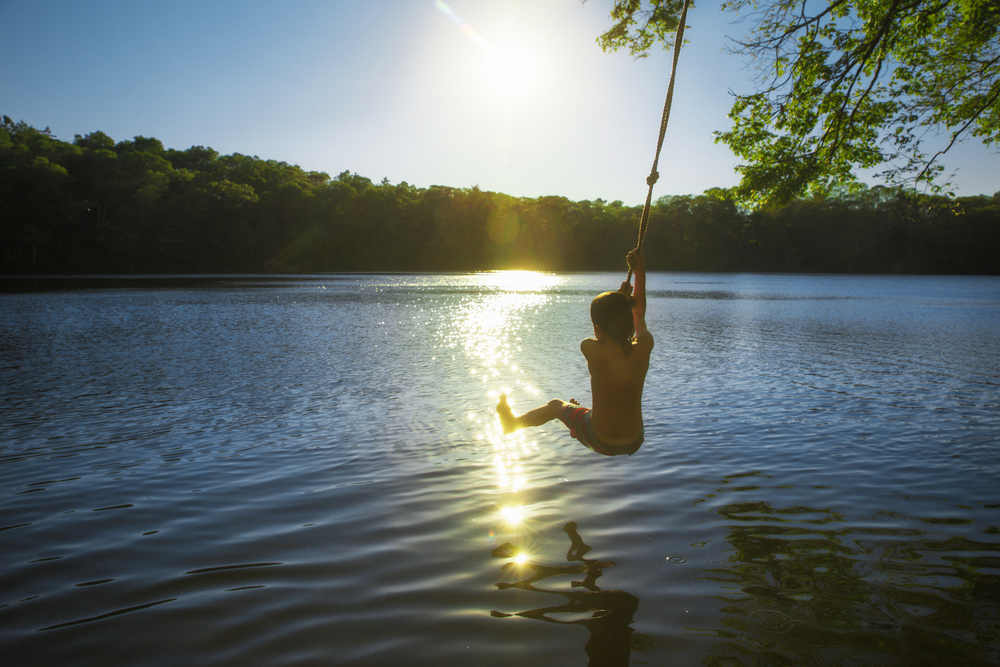
A pond water assessment can reveal if there is an uneven distribution of unsafe compounds in the water. Substances such as phosphorus in the pond’s water can cause an overabundance of weed species and algae.
In addition, you can gain knowledge of the pond’s dissolved oxygen concentration, nitrite and acid levels, and the overall depth of the water by getting a water assessment.

